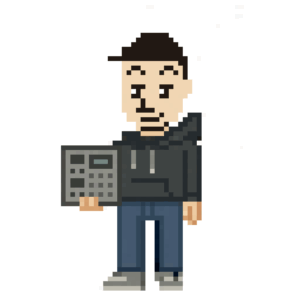A phaser is a type of audio effect commonly used in music production and live performances. It applies specific phase shifts and filters to create a sweeping, spatial texture in the sound.
To view the content ahead, you need to register as a paid member. Click here to log in.


Leave a Reply